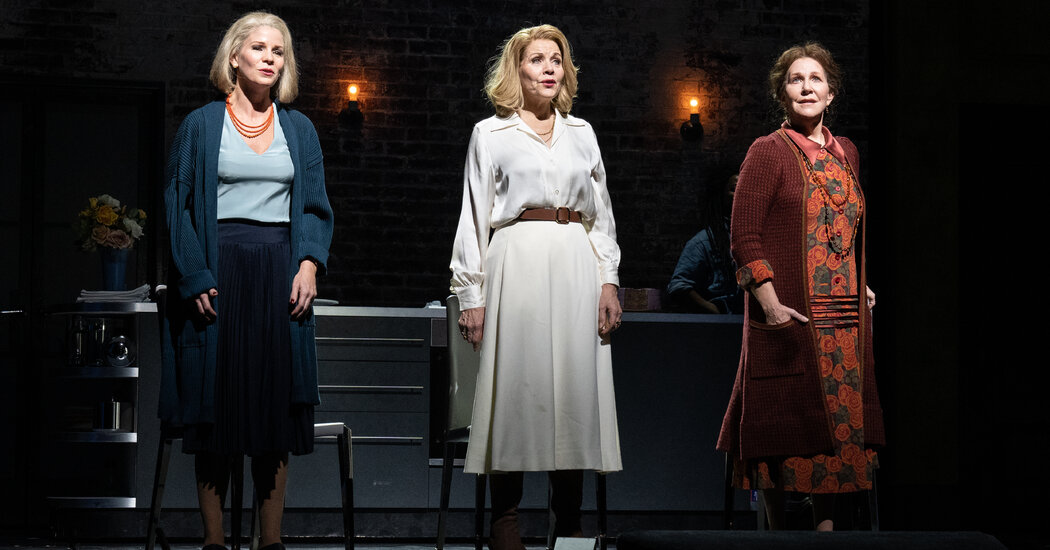
Early in “The Hours,” Puts introduces passing hints of distinctions between the women’s worlds: for 1923, austere piano and a curdled atmosphere of syncopated winds and eerie pricks of strings; for 1949, some period light swing and echoes of the style of cheerful ad jingles. But nearly every scene in the opera eventually gets to the same place musically and dramatically, whipped into soaring emotion. The tear-jerking gets tiring.
Pierce’s libretto artfully brings the women into even closer proximity than in the novel or film, enabling Puts to create, for example, gorgeous close-harmony duets for Virginia and Laura. But an awkward scene with Clarissa at the florist — Mrs. Dalloway, per Woolf’s classic opening line, is buying the flowers herself — doesn’t seem sure whether it is, or should be, comic relief. A late trio for Clarissa; her dying friend, Richard; and Louis, with whom they were enmeshed in a youthful love triangle, goes on far too long.
The choral writing, which starts the opera pretty clearly representing the voices in the characters’ heads, gradually dissolves into a vaguer, more all-purpose texture — and occasionally into stentorian wails, like the villagers’ music in “Peter Grimes.” A vocalizing countertenor (John Holiday), mystifyingly called the Man Under the Arch in the cast list, hovers around, faintly suggesting the angelic.
Yannick Nézet-Séguin, the Met’s music director, gave the work its premiere in March in concert with the Philadelphia Orchestra, which he also leads, and whose strings blossom in a way that sumptuously rewarded Puts’s score.
But on Tuesday — with Nézet-Séguin making his first appearance at the opera house this season, nearly two months in — the Met’s orchestra brought muscular energy to what could easily turn turgid and syrupy. (The most risible part in Philadelphia, in which a contemporary novelist named, yes, Michael arrives onstage to swear his devotion to Woolf, has thankfully been excised.)



